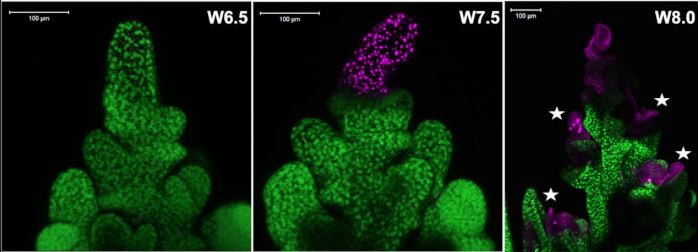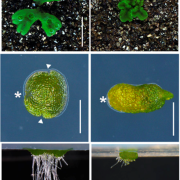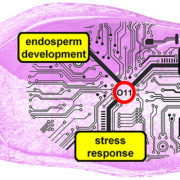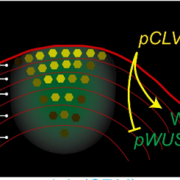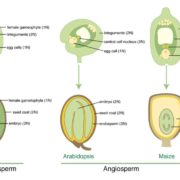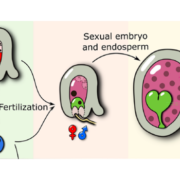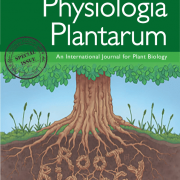Examining apical floral decline in the indeterminate inflorescence apex of barley
Nandhakumar Shanmugaraj1, Thorsten Schnurbusch1,2
1Leibniz Institute of Plant Genetics and Crop Plant Research (IPK), Corrensstr. 3, OT Gatersleben, 06466 Seeland, Germany
2Martin Luther University Halle-Wittenberg, Faculty of Natural Sciences III, Institute of Agricultural and Nutritional Sciences, 06120 Halle, Germany
Background: In many cereal crops, some floret primordia develop into fertile florets that form grains, but some fail to form grains. In barley (Hordeum vulgare L.), arrest and cessation of the inflorescence apex is usually followed by death of apical spikelets/florets and the central axis beneath the apex during early reproductive development. Previous studies on apical floret death have proposed prominent roles for assimilate allocation, phytohormone homeostasis, and poor vascular connections; however, the underlying molecular mechanism of pre-anthesis tip degeneration (PTD) in barley remains elusive. Reducing the extent of spikelet/floret loss represents an opportunity to increase grain yield in barley and related cereals.
Question: Is PTD of the barley inflorescence developmentally programmed? Is the apical part of the barley inflorescence limited by primary metabolites? Does the dying apical part display distinct phytohormone patterning compared to the viable parts? What are the major gene players regulating PTD?
Findings: Our spatiotemporal multi-omics studies revealed that barley inflorescence PTD is accompanied by sugar depletion, amino acid degradation, and abscisic acid responses involving transcriptional regulators of senescence. Photosynthesis, inflorescence greening, and energy metabolism contribute to proper spikelet growth and differentiation and were restricted to viable parts. The transcription factor GRASSY TILLERS1 (HvGT1) was identified as a modulator of barley PTD: a HvGT1 knockout showed delayed PTD, harbored more differentiated apical spikelets and exhibited an increased final spikelet number. This study proposes a molecular framework for barley spike PTD, the manipulation of which may increase yield in barley and other related cereals.
Next steps: Loss of HvGT1 function delayed, but did not abolish, PTD. What are the upstream regulators defining the onset and extent of PTD? Putative PTD candidates can be used to exploit their natural allelic variants, their functional validation, and multiplex editing to increase grain yield in barley and other related cereals.
Reference:
Nandhakumar Shanmugaraj, Jeyaraman Rajaraman, Sandip Kale, Roop Kamal, Yongyu Huang, Venkatasubbu Thirulogachandar, Adriana Garibay-Hernández, Nagaveni Budhagatapalli, Yudelsy Antonia Tandron Moya1, Mohammed R. Hajirezaei1, Twan Rutten1, Götz Hensel, Michael Melzer, Jochen Kumlehn, Nicolaus von Wirén, Hans-Peter Mock and Thorsten Schnurbusch (2023). Multilayered regulation of developmentally programmed pre-anthesis tip degeneration of the barley inflorescence. https://doi.org/10.1093/plcell/koad164


